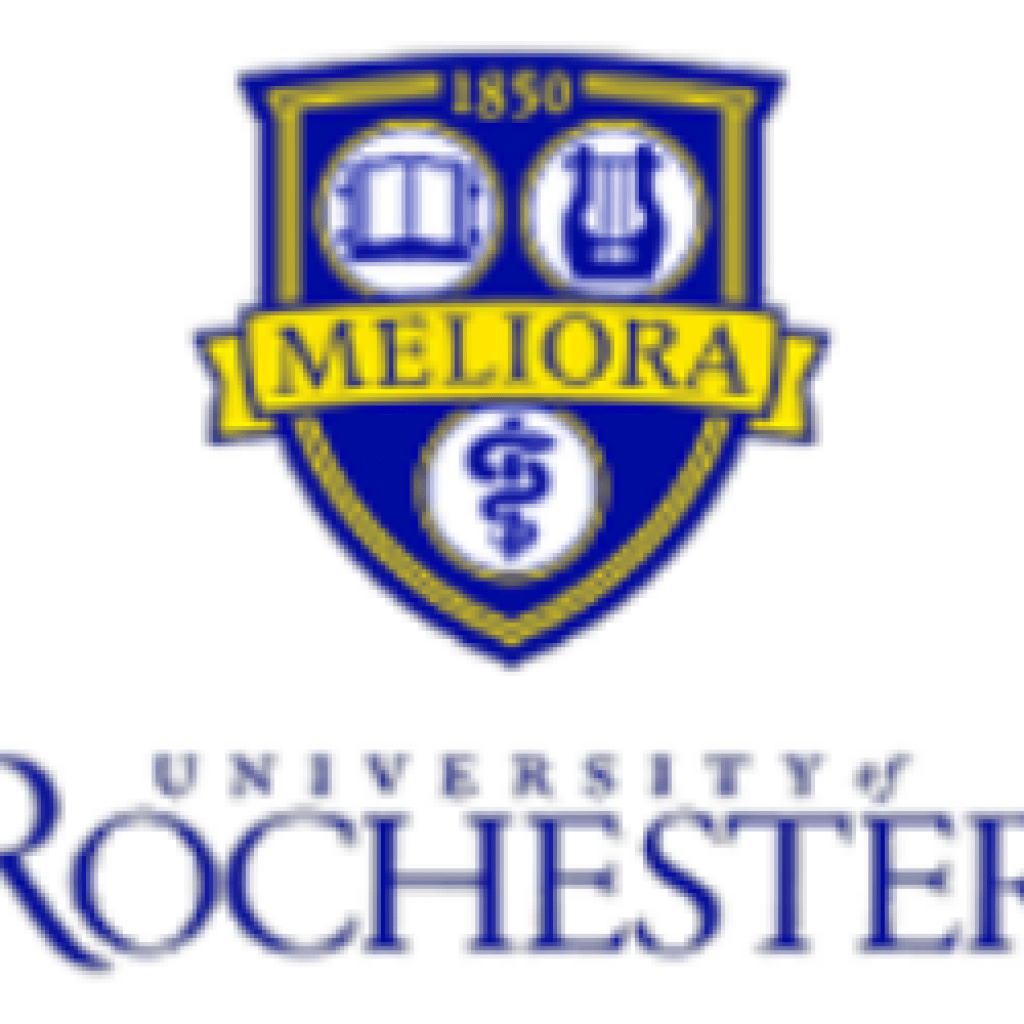(Rochester.edu) Researchers at the University of Rochester, including John Nichol, an assistant professor of physics and astronomy, and graduate students Yadav Kandel and Haifeng Qiao, the lead authors of the papers, have reported strides in enhancing quantum computing by improving the transfer of information between electrons in quantum systems.
In one paper, the researchers demonstrated a route of transferring information between qubits, called adiabatic quantum state transfer (AQT), for the first time with electron-spin qubits. Unlike most methods of transferring information between qubits, which rely on carefully tuned electric or magnetic-field pulses, AQT isn’t as affected by pulse errors and noise.
In a second paper, the researchers demonstrated another technique of transferring information between qubits, using an exotic state of matter called time crystals. A time crystal is a strange state of matter in which interactions between the particles that make up the crystal can stabilize oscillations of the system in time indefinitely. Imagine a clock that keeps ticking forever; the pendulum of the clock oscillates in time, much like the oscillating time crystal.
Both AQT and time crystals, while different, could be used simultaneously with quantum computing systems to improve performance.
“These two results illustrate the strange and interesting ways that quantum physics allows for information to be sent from one place to another, which is one of the main challenges in constructing viable quantum computers and networks,” Nichol says.
U of Rochester Researchers Confront Major Hurdle in Quantum Computing
